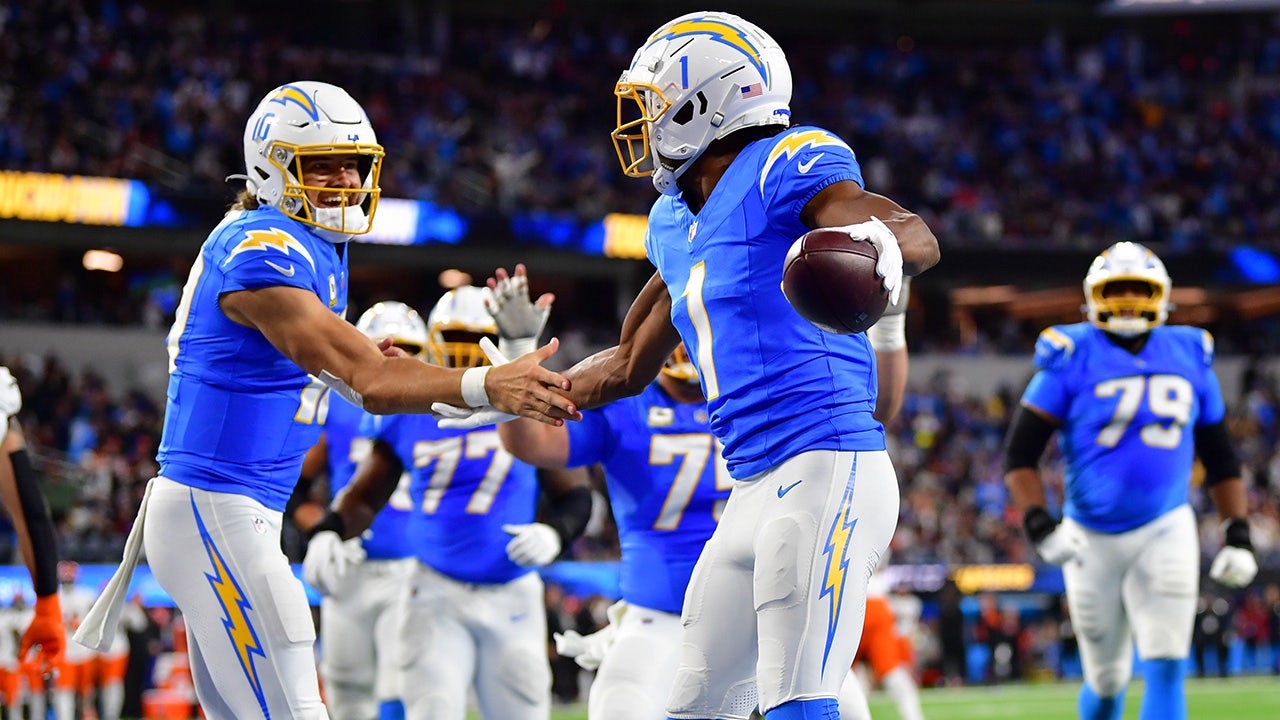Newly published research from the University of Houston College of Pharmacy identifies key mechanisms of skeletal muscle regeneration and growth of muscles following resistance exercise. It’s a finding that opens the door to the development of targeted therapies for various muscle disorders, like Muscular Dystrophy, which affect millions of people worldwide.
When it comes to muscles and muscle disorders, the importance of a discovery like this cannot be overstated.
The muscle of muscles
The very core function of life — breathing — is controlled by your skeletal muscles, as is regulation of whole-body metabolism and every movement you make:
In context
Skeletal muscles are formed during embryonic development by the fusion of hundreds of specialized cells called myoblasts. Adult skeletal muscles maintain regenerative capacity, which is attributed to the presence of muscle stem cells, named satellite cells.
After injury, satellite cells undergo several rounds of proliferation followed by their differentiation into myoblasts. These myoblasts once again fuse with each other and to injured myofibers to accomplish muscle regeneration.
In many muscular disorders, this intrinsic capacity of muscles to regenerate is diminished resulting in the loss of muscle mass and function.
The science
UH researchers found that Inositol-requiring enzyme 1, a key signaling protein, is essential for myoblast fusion during muscle formation and growth.
“During muscle regeneration, IRE1 augments the activity of X-box binding protein 1 which in turn stimulates the gene expression of multiple transmembrane proteins required for myoblast fusion,” reports Ashok Kumar, Else and Philip Hargrove Endowed Professor of pharmacy in the Department of Pharmacological and Pharmaceutical Sciences at the UH College of Pharmacy, in EMBO Reports.
According to researchers, increasing the levels of IRE1 or XBP1 in muscle stem cells outside the body, followed by their injection in patients’ muscle tissues will improve muscle repair and reduce the severity of disease.
“We also found that augmenting the levels of IRE1α or XBP1 in myoblasts leads to the formation of myotubes (muscle cells) having an increased diameter,” said Kumar.
That increase in diameter can be significant.
“Size is very important for muscle. Muscle grows only in size, not in number,” said Aniket Joshi, a graduate student in Kumar’s lab and first author on the article. “Muscular people have larger muscle cells. Larger muscles generally work better- can lift more weight, run and walk faster, and improve overall metabolism of the body and prevent various diseases, such as type II diabetes.”
Flexing their muscles
This new research is not the first flex for Kumar’s team. In 2021, research from Kumar’s lab published in the ELife journal described the role of the IRE1α/XBP1 signaling axis in regeneration of healthy skeletal muscle after acute injury and in models of Duchenne Muscular Dystrophy. In this study, they found that IRE1α/XBP1 signaling axis also plays an important cell autonomous role in satellite cells.
Along with Kumar and Joshi, post-doctoral fellow Meiricris Tomaz da Silva and research assistant professor, Anirban Roy conducted the research in Kumar’s lab. Other authors on the article from the University of Houston include Micah Castillo, Preethi Gunaratne, Mingfu Wu, Yu Liu, and a former post-doctoral fellow in Kumar’s lab Tatiana E. Koike along with Takao Iwawaki of Kanazawa Medical University, Japan.




















Discussion about this post